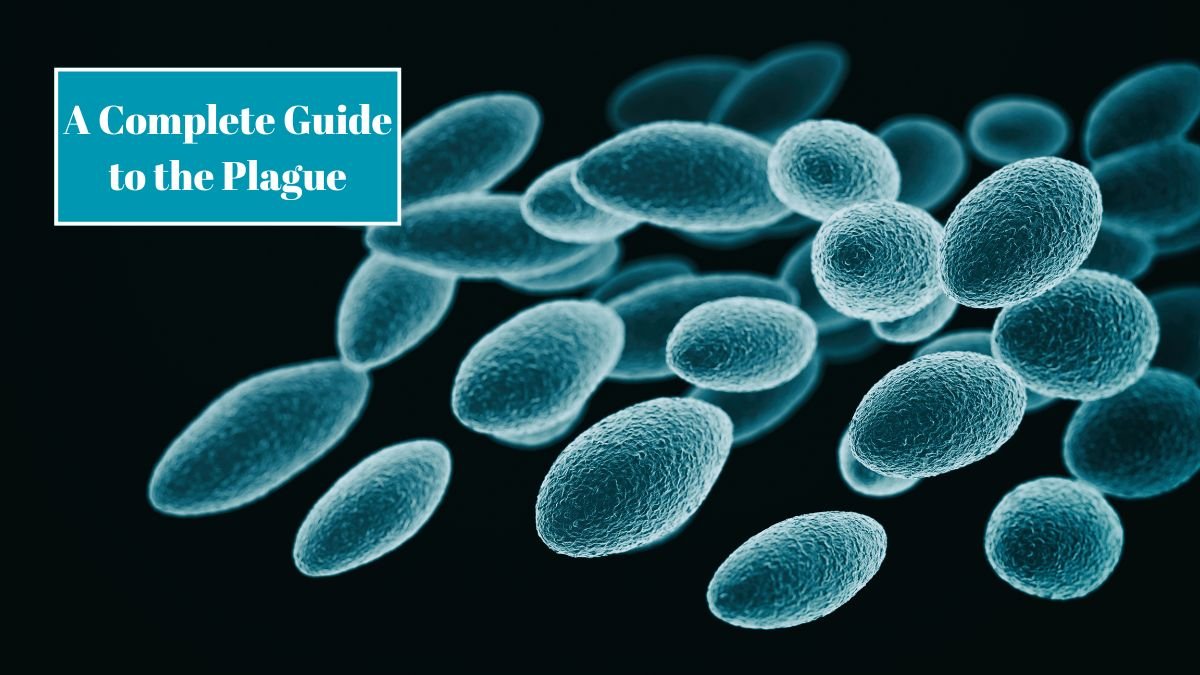When you hear the word plague, it might sound like something from old history books. And you’re not wrong! The plague has been around for centuries, causing deadly outbreaks in the past. But even today, it hasn’t fully disappeared. So, what exactly is the plague, what causes it, and how can we recognize it? Let’s break it down in a simple and easy way.
What is the Plague?
The plague is a serious infectious disease caused by a bacteria called Yersinia pestis. Long ago, it was responsible for events like the “Black Death,” which wiped out millions of people in Europe. While we now have medicines to treat it, the plague can still be dangerous if not diagnosed early. Think of it as a fire—small at first, but if ignored, it can quickly spread out of control.
What Causes the Plague?
The main cause of the plague is the Yersinia pestis bacteria. But how does it spread to humans? Usually through flea bites. Fleas that live on rodents like rats can carry this bacteria, and once they bite humans, the infection gets passed on. In some cases, you can also catch it from handling infected animals or by inhaling tiny droplets from an infected person.
So, if fleas and rodents are the messengers, the bacteria is the real villain behind the plague.
Different Types of Plague
The plague doesn’t come in just one form—it has three main types, each affecting the body in a different way.
Bubonic Plague
This is the most common type. It targets the lymph nodes, which are like the body’s “filters” for germs. When infected, the nodes swell up into painful lumps called “buboes.” That’s actually where the name “bubonic” comes from.
Septicemic Plague
This type attacks the blood. If the bacteria spread into the bloodstream, it can cause bleeding under the skin, organ failure, and even death if not treated quickly.
Pneumonic Plague
This is the most dangerous form because it affects the lungs. It spreads not just through fleas but also from person to person by coughing or sneezing. Pneumonic plague can move fast and is often deadly without early treatment.
Symptoms of the Plague
The symptoms depend on the type of plague, but they often show up suddenly and get worse quickly. Some common signs include:
- Fever and chills that come on suddenly
- Headaches and extreme tiredness
- Swollen, painful lymph nodes (for bubonic plague)
- Nausea, vomiting, and stomach pain
- Bleeding under the skin or blackened fingers and toes (in septicemic plague)
- Severe cough, chest pain, and difficulty breathing (in pneumonic plague)
The symptoms can feel like your body is waving a red flag, warning you that something is seriously wrong.
Can the Plague Be Treated?
Yes, and that’s the good news. Unlike in the past, today antibiotics can cure the plague if given in time. The key is early diagnosis. Doctors may also use oxygen, IV fluids, and medicines to support the patient’s body while fighting the infection.
How Can You Stay Safe?
While the plague is rare in modern times, it still exists in some parts of the world. Avoiding contact with wild rodents, using insect repellent, and keeping your living area clean are simple ways to lower the risk. Just like keeping your kitchen free from ants, preventing fleas and rodents helps keep the plague away.
Last Thought
The plague may sound like a scary word from history, but it’s still around. The difference is, we now have the knowledge and tools to fight it. Understanding its causes, types, and symptoms gives us the power to stay safe and seek help quickly if needed. Think of it like knowing how to spot storm clouds before the rain—you’re better prepared to handle it.
FAQs
What causes the plague in humans?
It is caused by a bacteria called Yersinia pestis, usually spread by flea bites from infected rodents.
Is the plague still around today?
Yes, though rare, cases are still reported in some parts of the world.
Can the plague be cured?
Yes, with antibiotics and early treatment, the plague can be cured.
What is the most dangerous type of plague?
Pneumonic plague is the deadliest because it spreads through the air and affects the lungs.
How can I prevent the plague?
Avoid rodents, control fleas, and maintain cleanliness in your surroundings.






